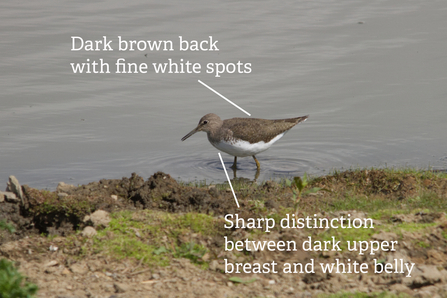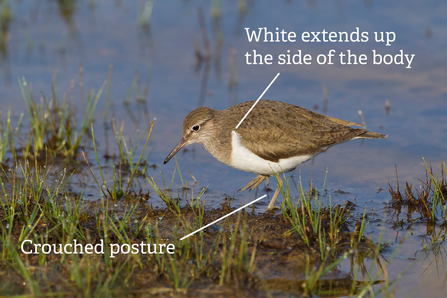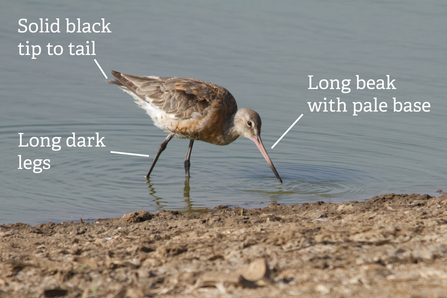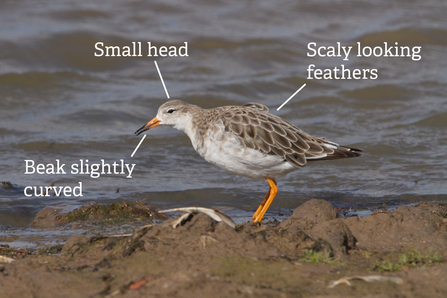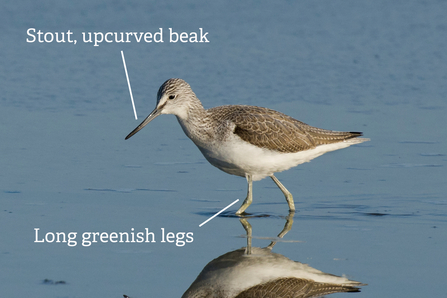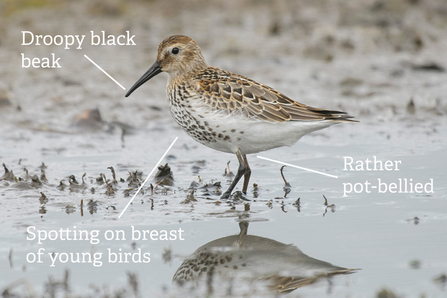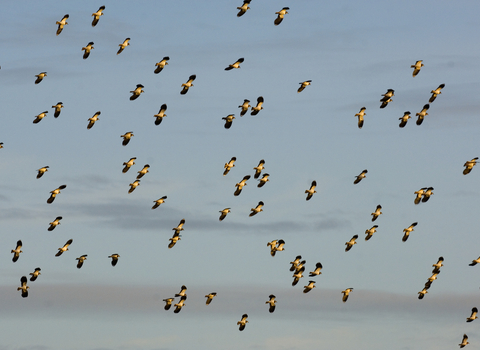Header image credit: Andy Rouse
What are waders?
Waders can be a tough group to define. The term is used to describe members of a number of bird families, all from the order Charadriiformes (which also includes gulls, terns, skuas, and auks). As the name suggests, most waders are usually found wading through shallow water, or along its muddy margins. They normally have fairly long legs, are often largely brown (but not always!) and tend to gather in groups. In other parts of the world, they are known as shorebirds.
An early autumn
Waders are birds in a hurry. Many of those we see in the UK breed far to the north, in the Arctic, or at least close to it. Summer is short there, so it doesn’t pay to hang around. They head north in spring, try to raise some chicks and are on their way south again by ‘our’ summer.
The first birds to return are usually adults that failed to breed – perhaps their nest was predated, or they couldn’t find a partner to begin with. They’re soon followed by more successful adults, who leave their young to fend for themselves at an early age. Finally, the young birds start to arrive, making their very first migration.
Where to see them?
Away from their breeding grounds, most waders gather around water. Some nature reserves are famous for attracting large numbers, but during autumn migration they can turn up almost anywhere. You could find them on coastal mudflats, inland gravel pits, and even stone-lined reservoirs. They migrate both night and day, so the cast of characters is always changing. A visit at dawn and another in the evening could reveal completely different birds. New arrivals are especially likely after a period of bad weather, forced to land by the rain.


